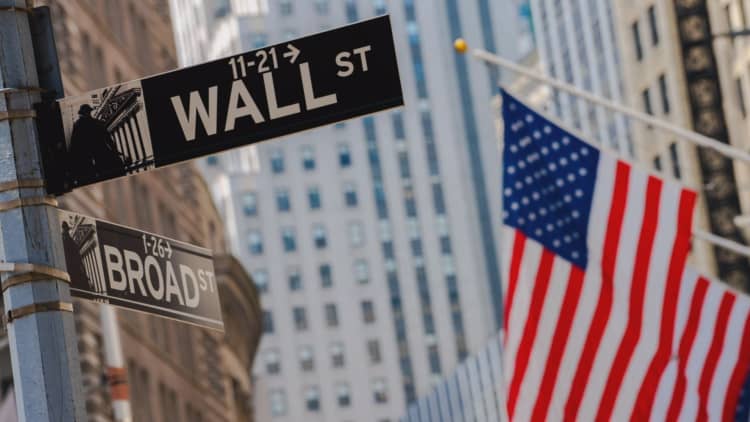As May stock market trading gets under way, the has gained about 18% year-to-date.
The first four months of 2019 have been the best start for the market since the January-April period of 1987. That year didn't end well, with the infamous Black Monday for stock markets around the world in October, and the market ending the year down 14% after its strong start.
The "Sell in May and go away" mantra lingers in the minds of investors every year, too.
But based on historical precedent, the S&P 500 is set up for a positive run over the remainder of the year.
Since 1980, when the S&P 500 has gained 10% or more in the January-April period, the S&P, Dow Jones Industrial Average and Nasdaq Composite have traded higher 8 out of 9 times, according to a CNBC analysis of Kensho, a machine-learning tool used by hedge funds and Wall Street banks to conduct historical analysis of trading scenarios.
The 1987 crash was the only exception.
Even if the rally continues, stock returns may moderate. The S&P 500 has generated an average return of more than 6% during the following eight months, with the Dow and Nasdaq returning around 1% to 1.5% less.
The Federal Reserve is a wildcard factor. Its quantitative easing program has had an outsized influence over the markets since the financial crisis. Its rate-cutting path caused the stock market to tank in the fourth quarter of last year, while its reversal on that policy this year has been considered the primary reason stocks took off again in 2019.
On Wednesday, the Fed kept rates at their current level, which was the expectation, but Federal Reserve chairman Jerome Powell was not as dovish as the market wanted, signalling the the current low inflation was likely "transitory" and as such there was little impetus for a rate cut, which President Trump had been pushing for ahead of the Fed meeting. The Dow fell by more than 150 points after his comments.
Stocks continued their dive on Thursday, but rebounded Friday morning after a strong monthly jobs report, decline in unemployment and continued wage growth. Vice President Mike Pence pressed for lower interest rates on Friday morning in a CNBC appearance, and said the Fed may need to reconsider its dual mandate that includes monitoring of inflation to only focus on maximum employment.





